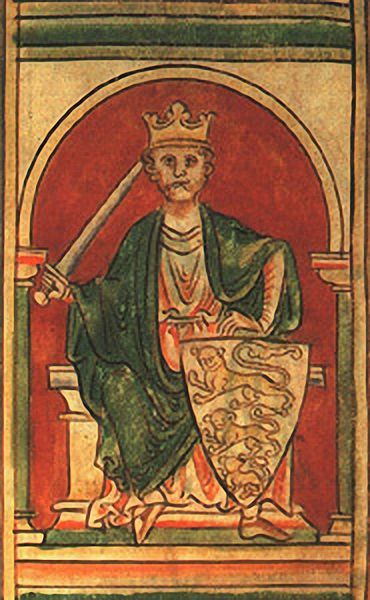When researching all things lion, I found that they have been part of European and indeed world culture for as long as humanity has been civilised. In fact evidence suggests that it was even earlier if you take the cave paintings of the Grotte Chauvet in southern France into consideration. Paintings of lions were found there in the 1990s which are thought to be 32,000 years old!
We seem to have always had a fascination with their beauty, strength, power and grace and have tried to capture this in many ways for example in paint, literature, sculpture and heraldry. Some unenlightened people have also captured them physically and hunted them to show the world that they are braver, stronger, and more powerful. It is against these people that the Born Free Foundation and other organisations fight a constant battle.
The lion appears in the most ancient sculptures of Babylonia and Assyria. They were seen to be the guardians of the portals. In Ancient Egypt the lion’s body – a symbol of power, virtue, and wisdom was often given the head of the ruler of the day. The Sphinx is the most famous of these ruler-lion sculptures.

Closer to home and the present, there are lion sculptures everywhere!
They have been used in public buildings and monoliths to create a sense of majesty and awe. We see lions in Trafalgar Square, outside Buckingham Palace, the Lion of St. Mark in Venice, lions in Amsterdam, Munich and many other large cities in Europe.
Further afield there is a statue of a lion and cub in the Forbidden City Beijing China, and in Nairobi.

We seem to have always had a fascination with their beauty, strength, power and grace and have tried to capture this in many ways for example in paint, literature, sculpture and heraldry. Some unenlightened people have also captured them physically and hunted them to show the world that they are braver, stronger, and more powerful. It is against these people that the Born Free Foundation and other organisations fight a constant battle.
The lion appears in the most ancient sculptures of Babylonia and Assyria. They were seen to be the guardians of the portals. In Ancient Egypt the lion’s body – a symbol of power, virtue, and wisdom was often given the head of the ruler of the day. The Sphinx is the most famous of these ruler-lion sculptures.

Closer to home and the present, there are lion sculptures everywhere!
They have been used in public buildings and monoliths to create a sense of majesty and awe. We see lions in Trafalgar Square, outside Buckingham Palace, the Lion of St. Mark in Venice, lions in Amsterdam, Munich and many other large cities in Europe.
Further afield there is a statue of a lion and cub in the Forbidden City Beijing China, and in Nairobi.

The lion has been a symbol of England since the middle ages, because The Three Lions was the emblem of 12th century King Richard I of England, more famously known as Richard the Lionheart.
The Three Lions now adorn the shirts of the England football and cricket teams. Not quite life or death bravery, though some would argue with me!

There is so much to say and I could go on, but I’d better not! Next time I’ll talk about the lion in literature and famous quotes!






Thanks Mandy- wow interesting post! Great job!
ReplyDeleteLooking forward to reading more!
Debz
What do the British Monarch and Shri Lanka have in commom???
ReplyDeleteIs it because they have the lions on the flags of both countries by any chance?!
ReplyDeleteWrong!! Mandy has just missed the chance of an all expenses paid trip to Morcombe Bay next January. The answer is that each has a flag with a lion on it. Anyway she asked me the answer and then posted it WRONG!!By the way bjamesb03 is me Brian James. Mandy's husband.
ReplyDelete